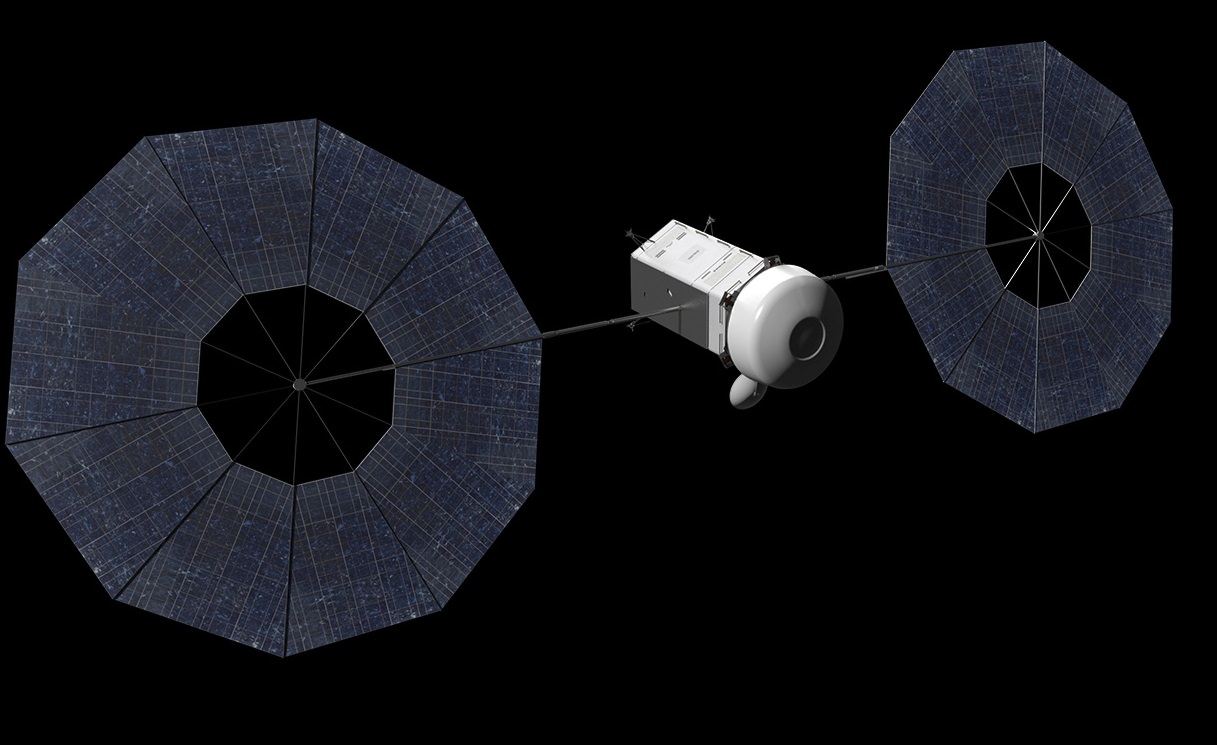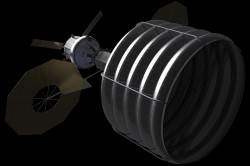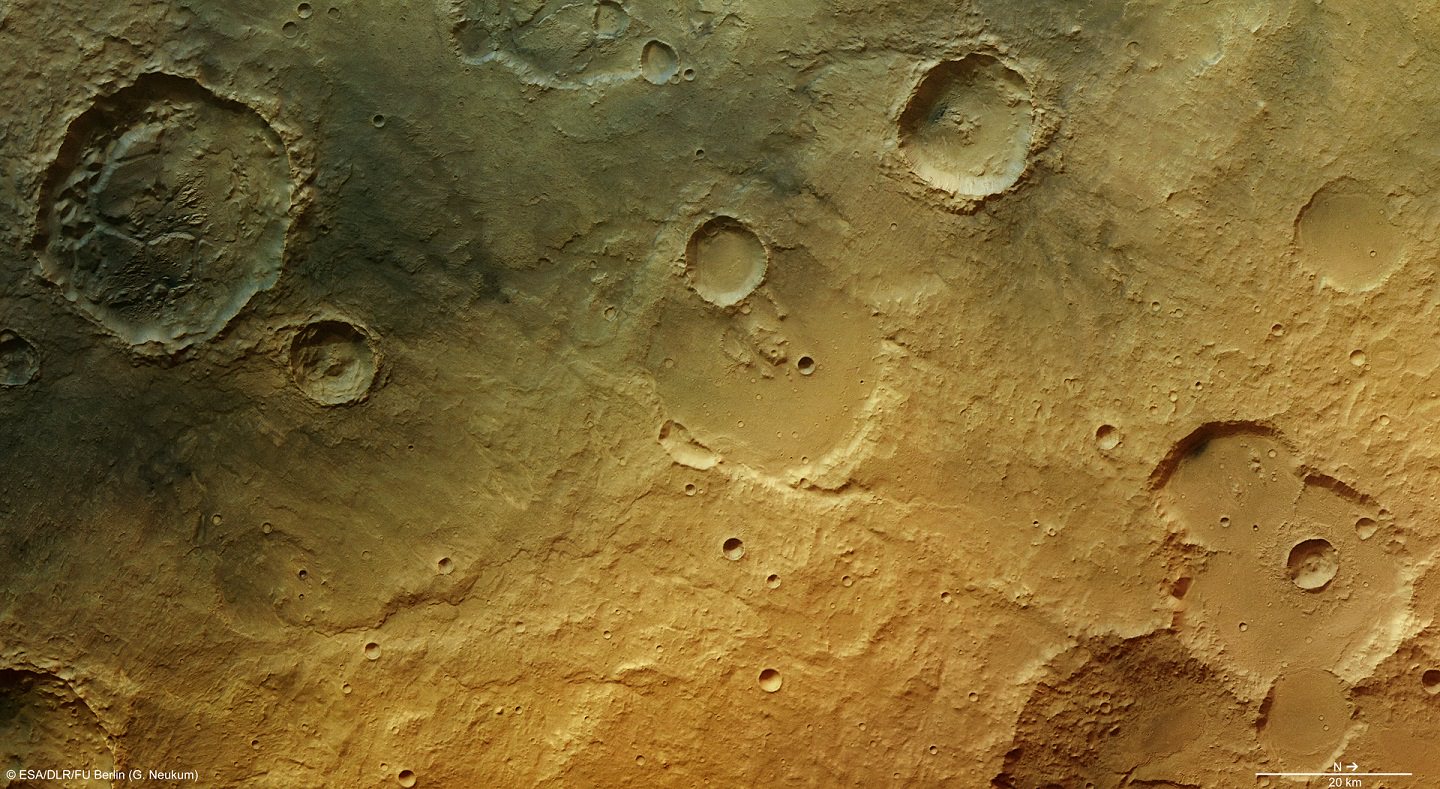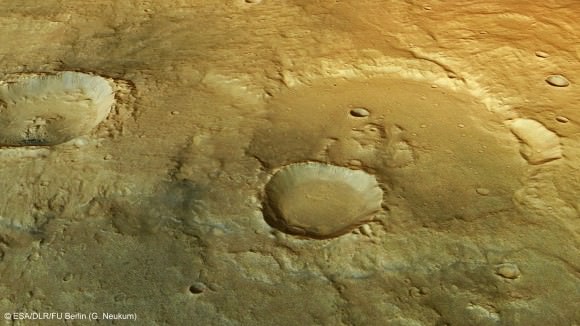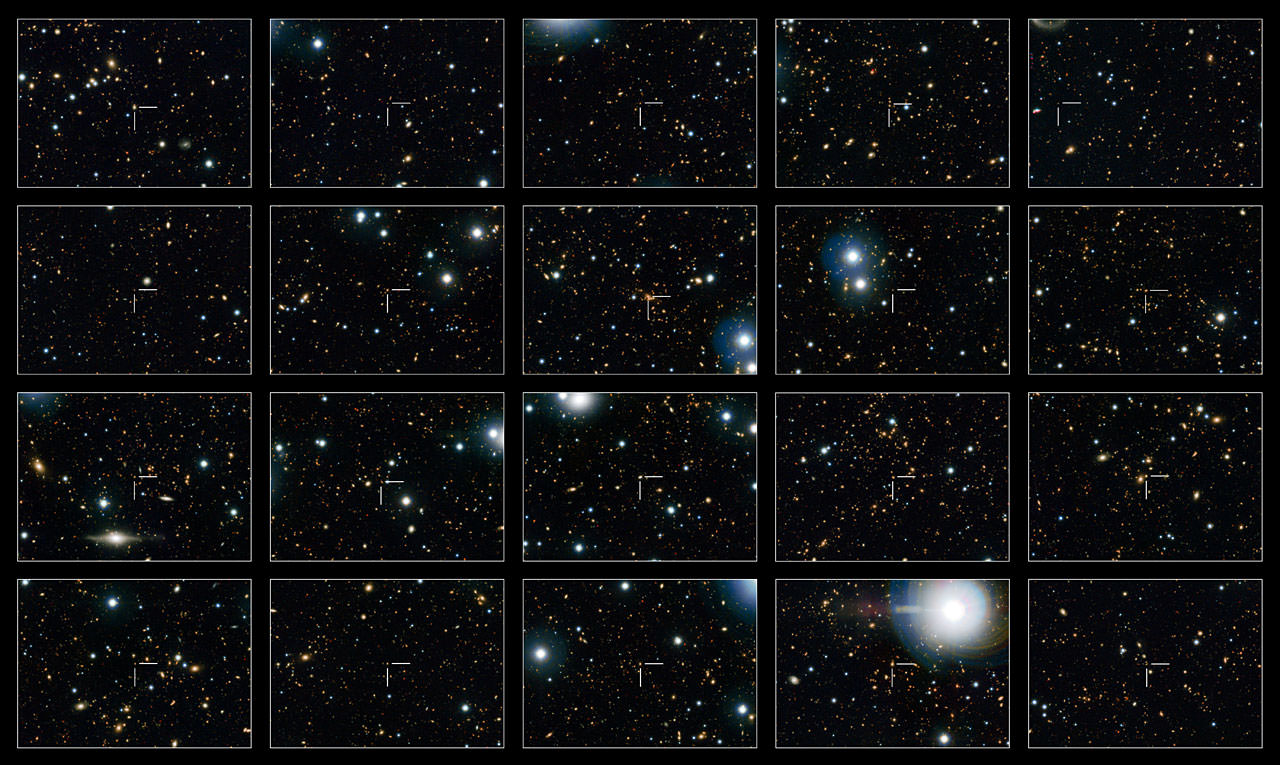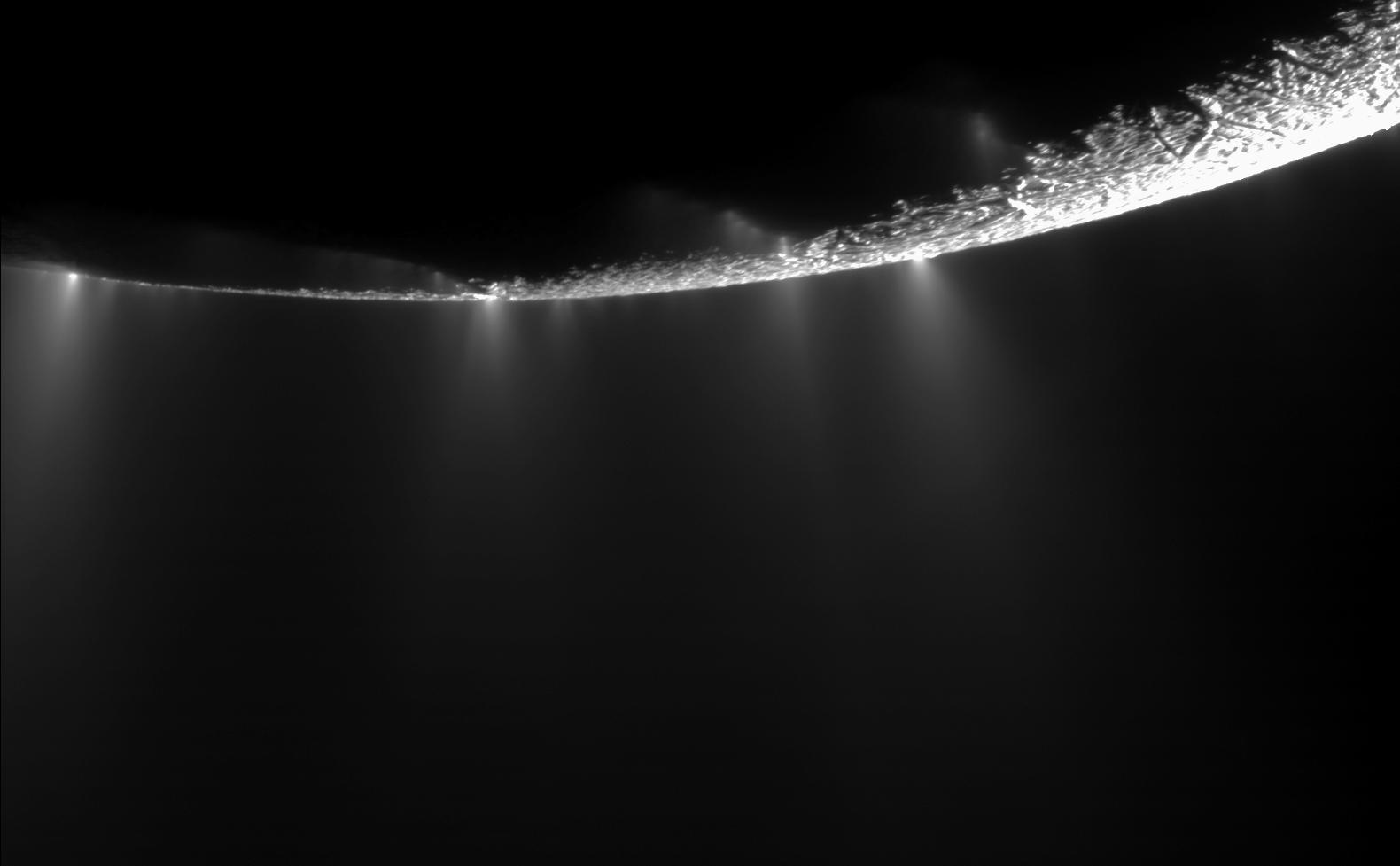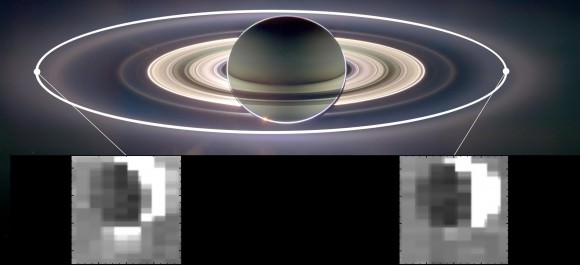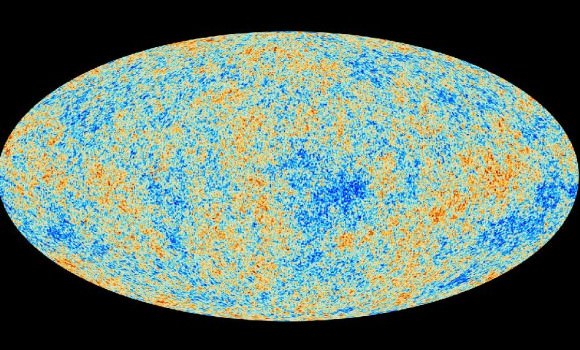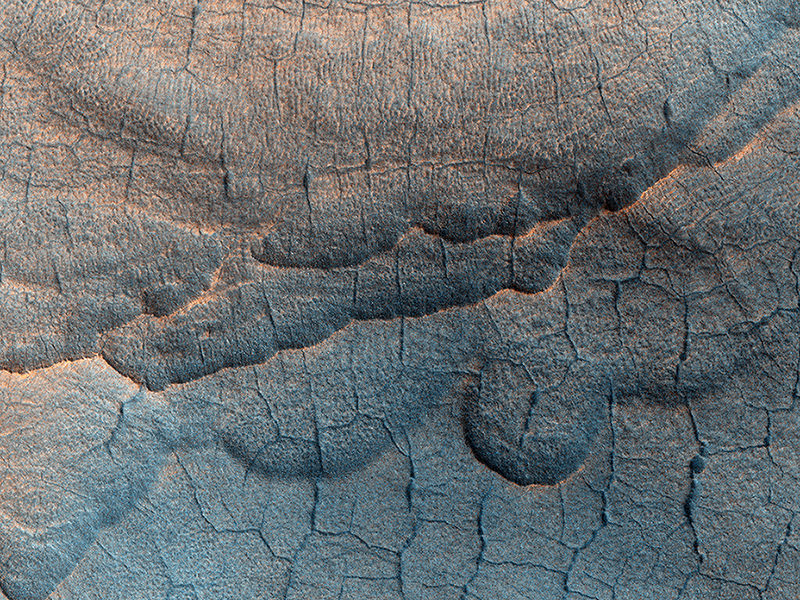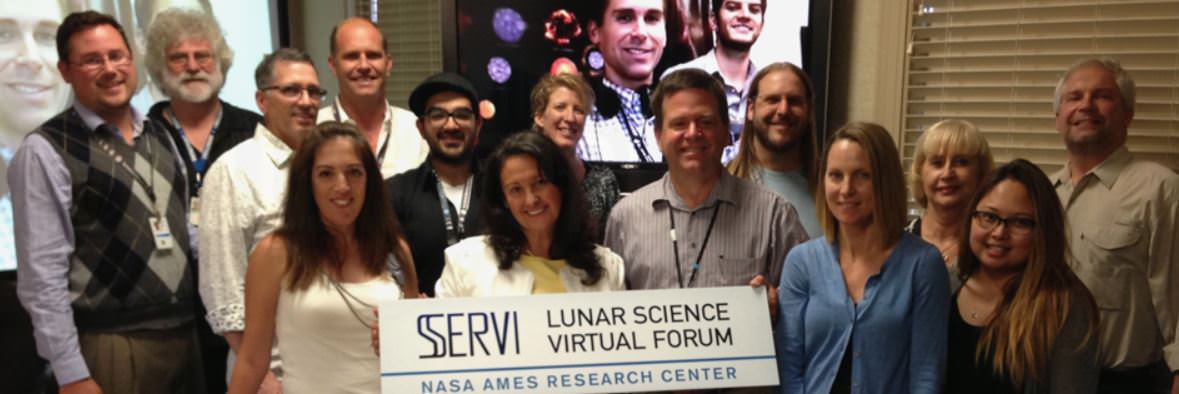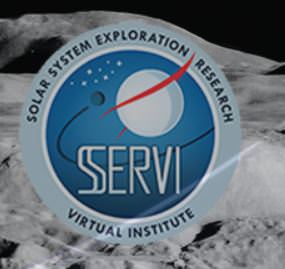An idea that really captures my imagination is what kinds of future civilizations there might be. And I’m not the only one. In 1964, the Soviet astronomer Nikolai Kardashev defined the future of civilizations based on the amount of energy they might consume.
A Type I civilization would use the power of their entire planet. Type II, a star system, and a Type III would harness the energy of an entire galaxy. It boggles the mind to think about the engineering required to rearrange the stars of an entire galaxy.
Is it possible to move a star? Could we move the Sun?
This idea was first proposed by physicist Dr. Leonid Shkadov in his 1987 paper, “Possibility of controlling solar system motion in the galaxy”.
Here’s how it works.
A future alien civilization would construct a gigantic reflective structure on one side of their star. Light from the star would strike this structure and bounce off, pushing it away.
If this reflective structure had enough mass, it would also attract the star with its gravity.
The star would be trying to push the structure away, but the structure would be pulling the star along with it.
If a future civilization could get this in perfect balance, it would be able to “pull” the star around in the galaxy, using its own starlight as thrust. At first, you wouldn’t get a lot of speed. But by directing half the energy of a star, you could get it moving through the galaxy.
Over the course of a million years, you would have changed its velocity by about 20 meters/second. The star would have traveled about 0.3 light years, less than 10% of the way to Alpha Centauri. Keep it up for a billion years and you would be moving a thousand times faster. Allowing you to travel 34,000 light years, a significant portion of the galaxy.
Imagine a future civilization using this technique to move their stars to better locations, or even rearranging huge portions of a galaxy for their own energy purposes.
This may sound theoretical, but Duncan Forgan, from the University of Edinburgh suggests a practical way to search for aliens moving their stars. According to him, you could use planet-hunting telescopes like Kepler to detect the bizarre light signatures we’d see from a Shkadov Thruster. There’s nothing in the laws of physics that says it can’t happen.
It’s fun to think about, and gives us another way that we could search for alien civilizations out there across the galaxy.
Related articles:
Detecting a Class A Shkadov Thruster
Technosignatures
Shkadov Thrusters and Stellar Engines


